Cambodia overview
Population
16.5 million
Acreage
About 180000 km²
Language
Khmer, English
religion
Buddhism
currency
Riel, U.S. dollar
climate
tropical monsoon climate
Angkor Wat
Angkor Wat, also known as Angkor Temple, is located in Cambodia and is known as the national treasure of Cambodia. It is the world's largest temple building and the earliest Khmer-style building in the world.
On the highest level of the pyramid-like temple, there are five pagodas, such as dice five-point plum blossoms. Four of the pagodas are smaller and have four corners. The towers are widely spaced, and the pagodas are connected to the verandas. In addition, each floor of the Vajra Altar of Mount Sumeru is surrounded by a cloister, which is a characteristic of Angkor Wat architecture.
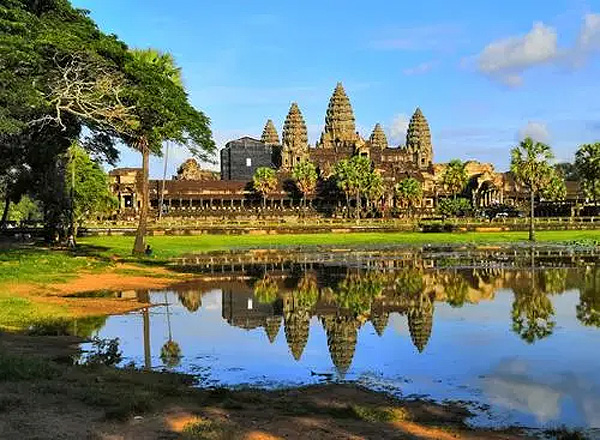
Royal Palace of Phnom Penh
Cambodia's Phnom Penh Royal Palace is a group of buildings surrounded by golden roofs and yellow walls, including more than 20 large and small palaces such as the Zeng Chaya Hall, the Golden Hall, the Silver Hall, the Dance Music Hall, and the Treasure Hall. The carved beams and painted buildings of Zengzhaya Hall, with glazed tile roofs, echo with the glittering golden light of Polemorokot Pagoda on the left, and the scenery is magnificent. There is a treasure hall in the golden hall, dedicated to displaying treasures. Among all the buildings in the palace, the silver palace is the most magnificent. The floor is paved with more than 4,700 carved silver bricks. The main hall enshrines a 60 cm tall Buddha statue carved from a single piece of emerald. It is crystal clear and is Cambodia's national treasure. This is the holy place where the kings of all dynasties worshipped Buddha.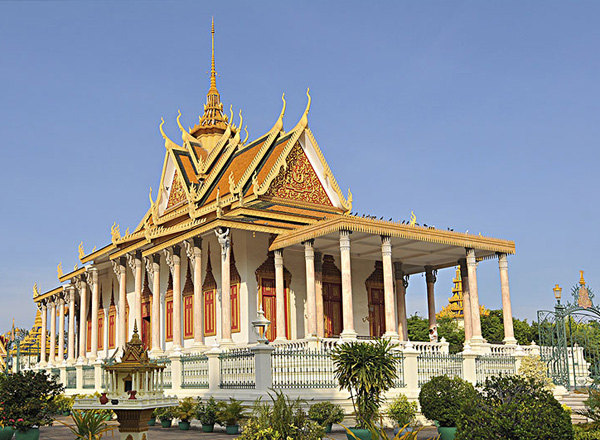
Wat phnom
Wat Phnom is located on the top of the mountain, and a pagoda about 30 meters high on the top of the mountain is even more majestic. Below the mountain is a small park for citizens to relax. The seven-headed snake god sculpture can be seen at the entrance, which symbolizes "good weather." In fact, this seven-headed snake god is called "Naga" Naga, which is regarded as the sacred symbol of Cambodia's national origin and the protector of the kingdom's prosperity.
Wat Phnom is a landmark building in Phnom Penh and a place where locals pray for blessings. At the entrance of the temple, there is the same strong smell of incense and smoke, and there are the same devout believers, but the scenery is different from the domestic one: there are vendors selling lotus flowers for worshipping Buddha. Clusters of beautiful lotus buds waiting to be planted.
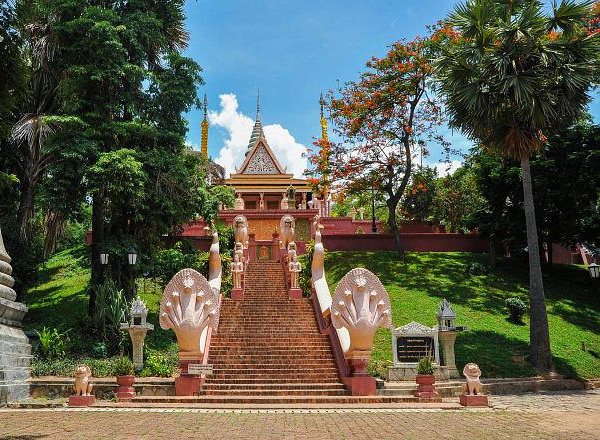
Full-dimensional coast
11°north latitude contains uniquely colored cultural tourism DNA, which is a mysterious and peculiar latitude line in the world. DaraSakor covers an area of 360 square kilometers, with "ecology, life, live" as the core development concept, gathering the world's second largest mangrove nature reserve, Botum Sakor National Park, with 90 kilometers of high-quality coastline, glass sea water, milk powder beach , With a pure air environment pm2.5≤6.5, 16000 negative oxygen ions/cm³ in the air, and gentle undulating hilly landforms and other endowment resources, DaraSakor has the natural conditions to become the world's top health tourism and vacation destination.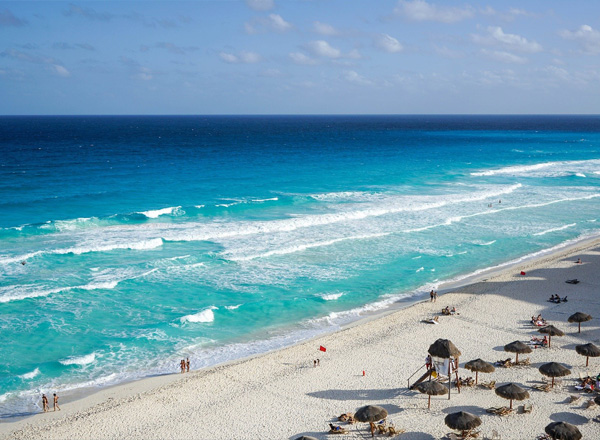
Full-dimensional coast
DaraSakor covers the four major themes of cultural tourism, vacation, leisure and entertainment, and health. It will create “One Belt and One Road” characteristic cultural tourism IP, sea, land and air full-dimensional resort and entertainment resort, create a world-class blue cooperation space in the ultra-dimensional sea area, and establish a modern The spiritual connotation of marine civilization.
Relying on the convenient three-dimensional transportation network of land, sea and air in the area, tourists can go from the ecological Kok Province to the mysterious Cambodia, constructing a trip to Cambodia.

Khmer New Year
Usually on April 14 in the Cambodian calendar, which marks the end of the harvest season, farmers enjoy celebrating the fruits of their labor before the start of the rainy season.Highlight: Traditional Khmer Games丨Outdoor Khmer Dance
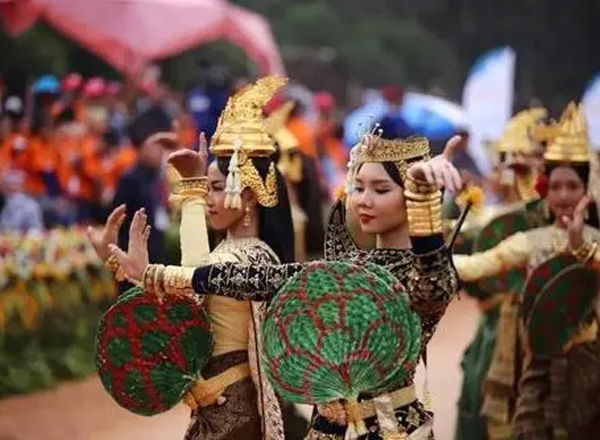
Royal Plowing Ceremony
It is a grand celebration of the active start of sowing and planting every year. It is held on the fourth day of the sixth month of the Buddhist calendar every year (usually in May of the Gregorian calendar). Highlight: Queen Sowing seeds King Take the two royal cows to eat and drink all 7 things

Visak Bochea
It is also called Buddha Auspicious Day or Vesak Day, which is the anniversary of the birth, enlightenment and Nirvana of the Buddha. It is held every year around June 15th in the Buddhist calendar.Highlight: Buddhist float parade
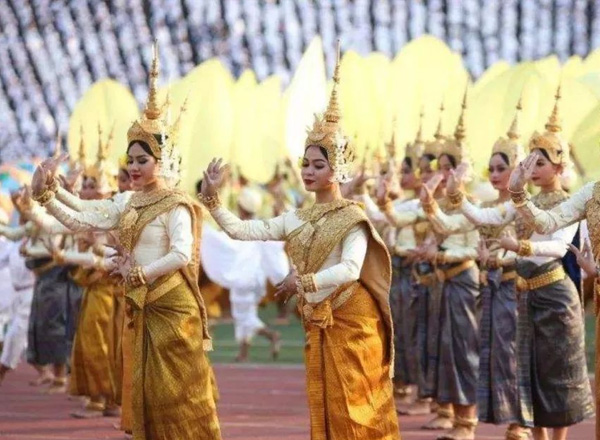
Water festival
On the 15th day of the Buddhist calendar, people will send their hopes and gratitude to the god of the river into the river through the water lantern.Highlights: Dragon Boat Race丨River Lanterns to Sacrifice the Moon
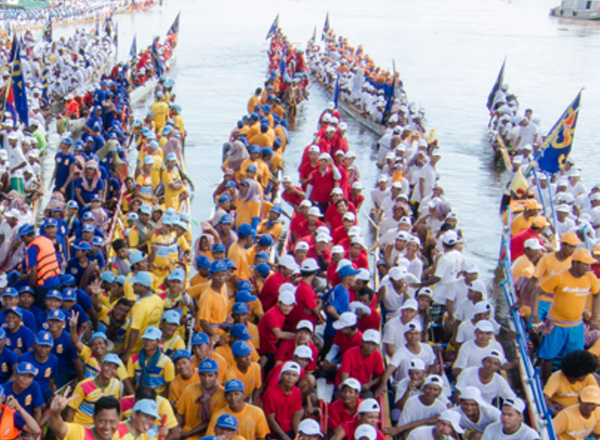
Mysterious monumentsFull-dimensional coastNational festival





 Coastal freshwater landscape lake
Coastal freshwater landscape lake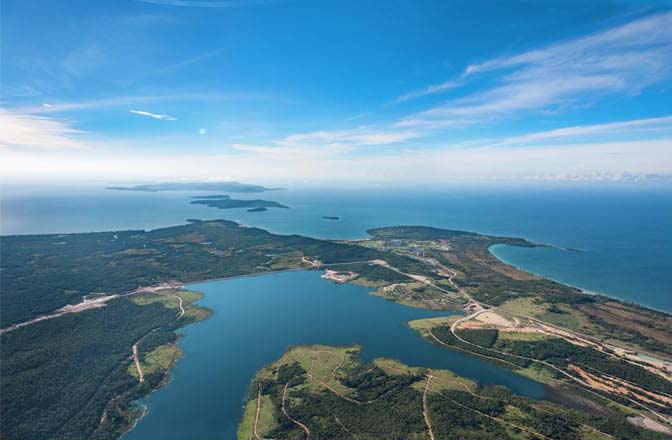

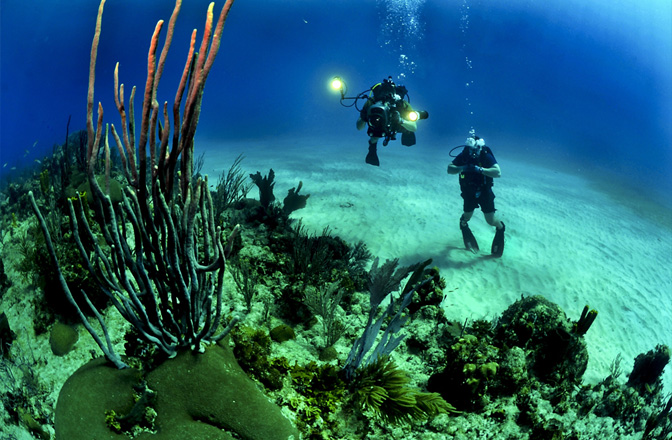
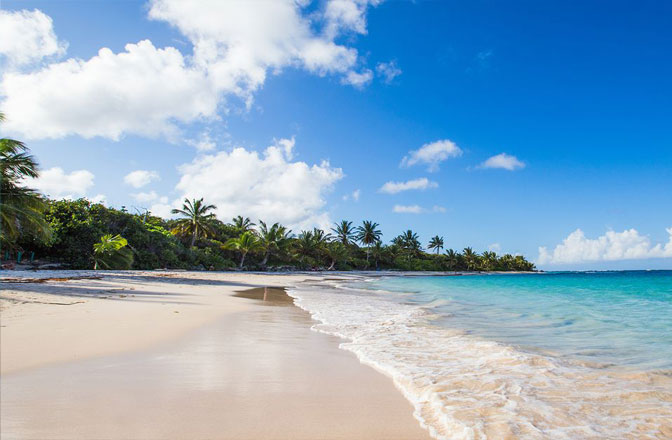
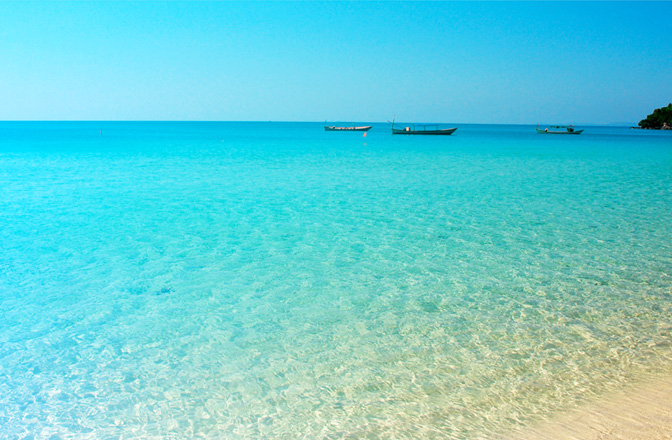
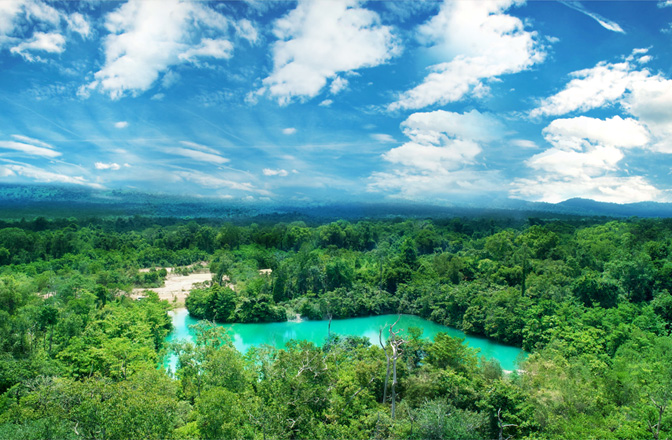
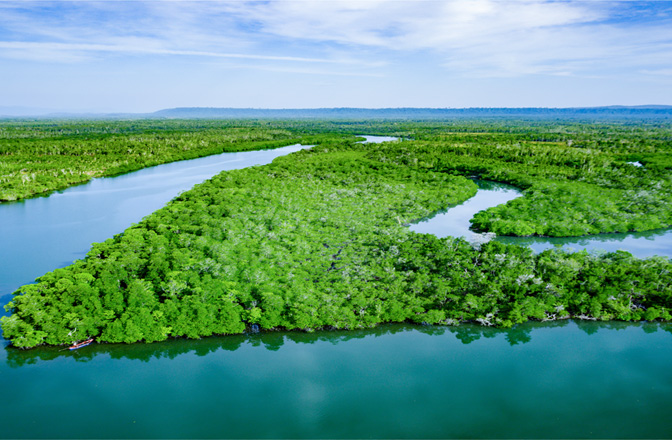


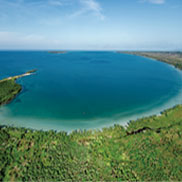
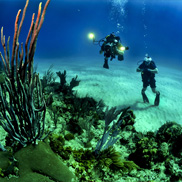
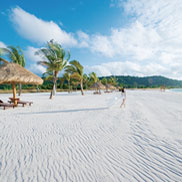
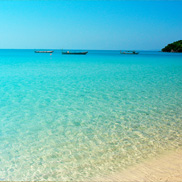
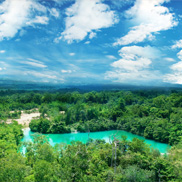
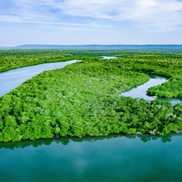
 DaraSakor Exhibition Hall
DaraSakor Exhibition Hall 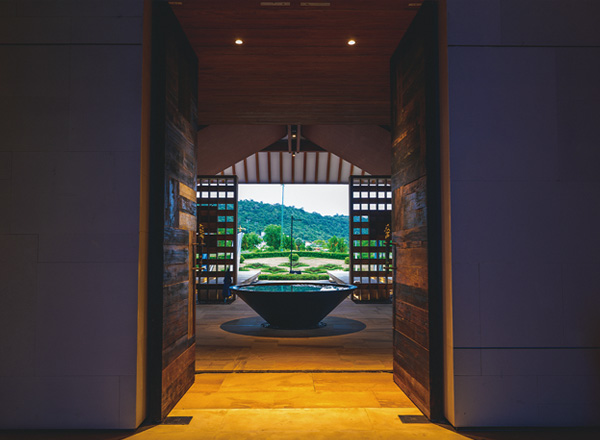
 Mountain golf course
Mountain golf course 
 Marina Golf Course
Marina Golf Course 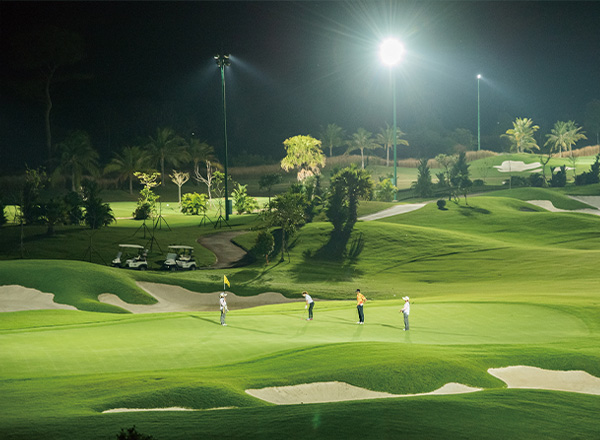
 King Island
King Island 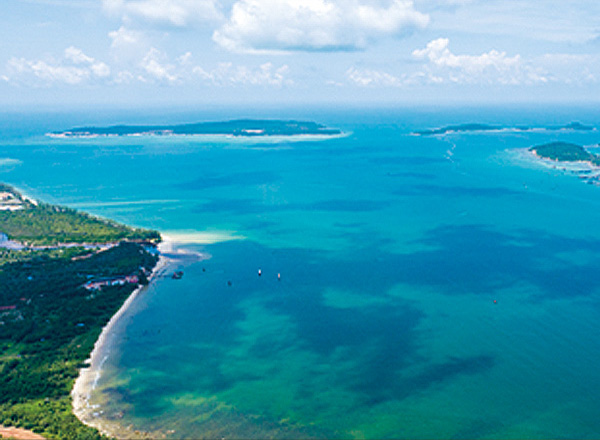
 Trestle
Trestle 
 Diamond Bay
Diamond Bay 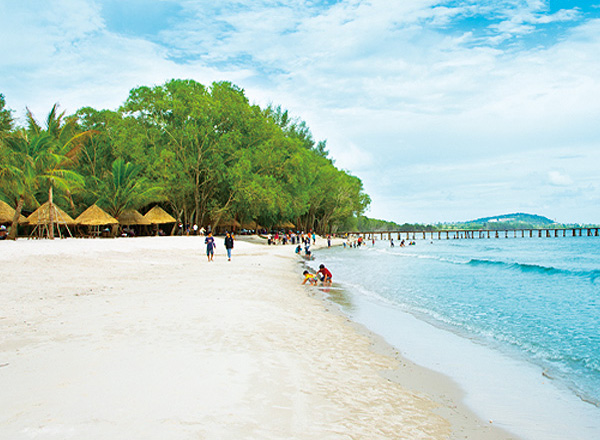
 Enjoy a three-day tour of DaraSakor
Enjoy a three-day tour of DaraSakor 

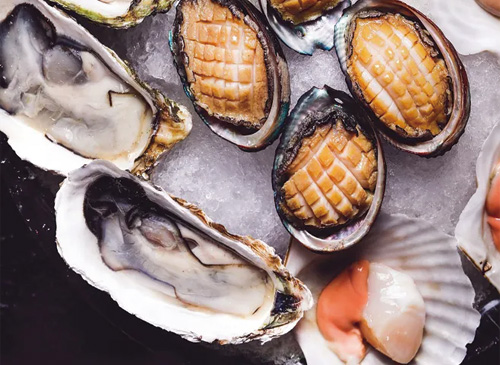

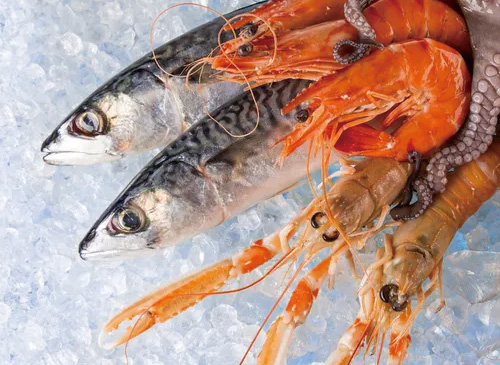
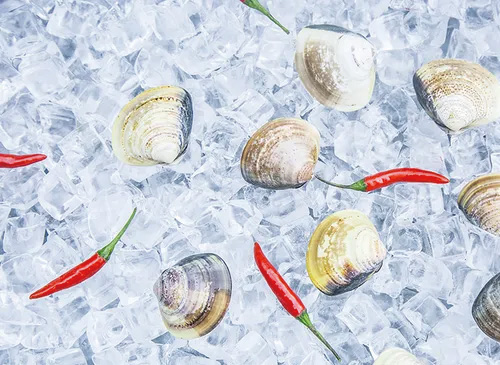
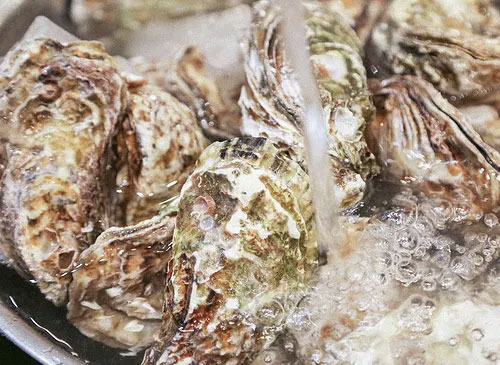
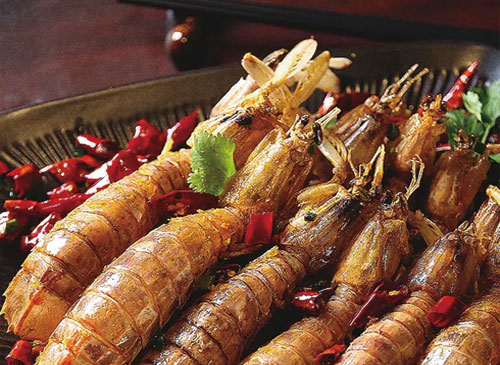
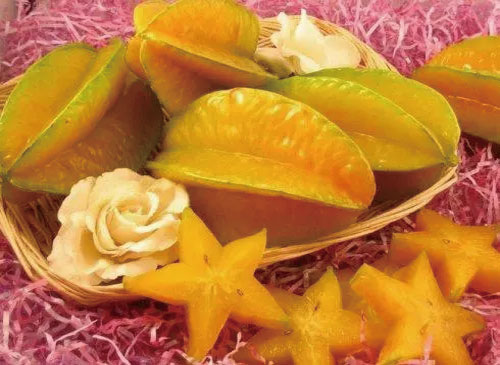
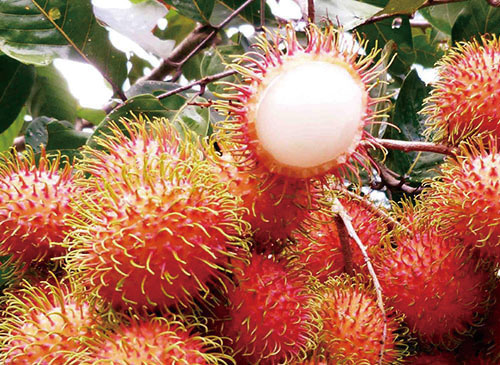


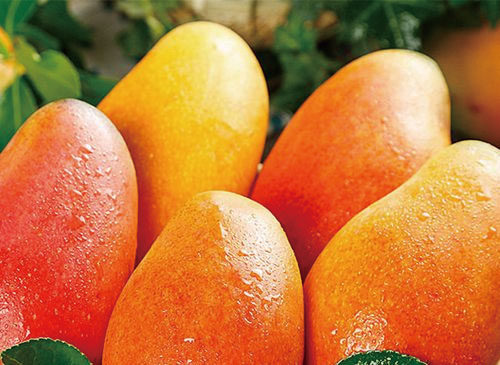
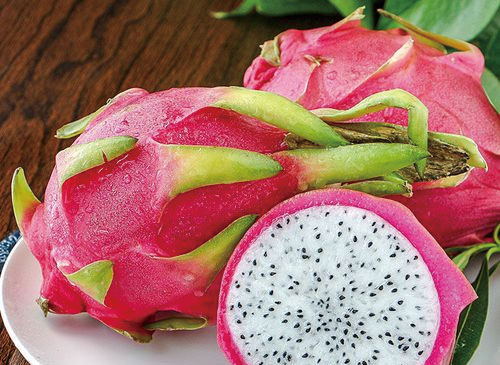




 Airport hot line855 - 097 754 8368
Airport hot line855 - 097 754 8368